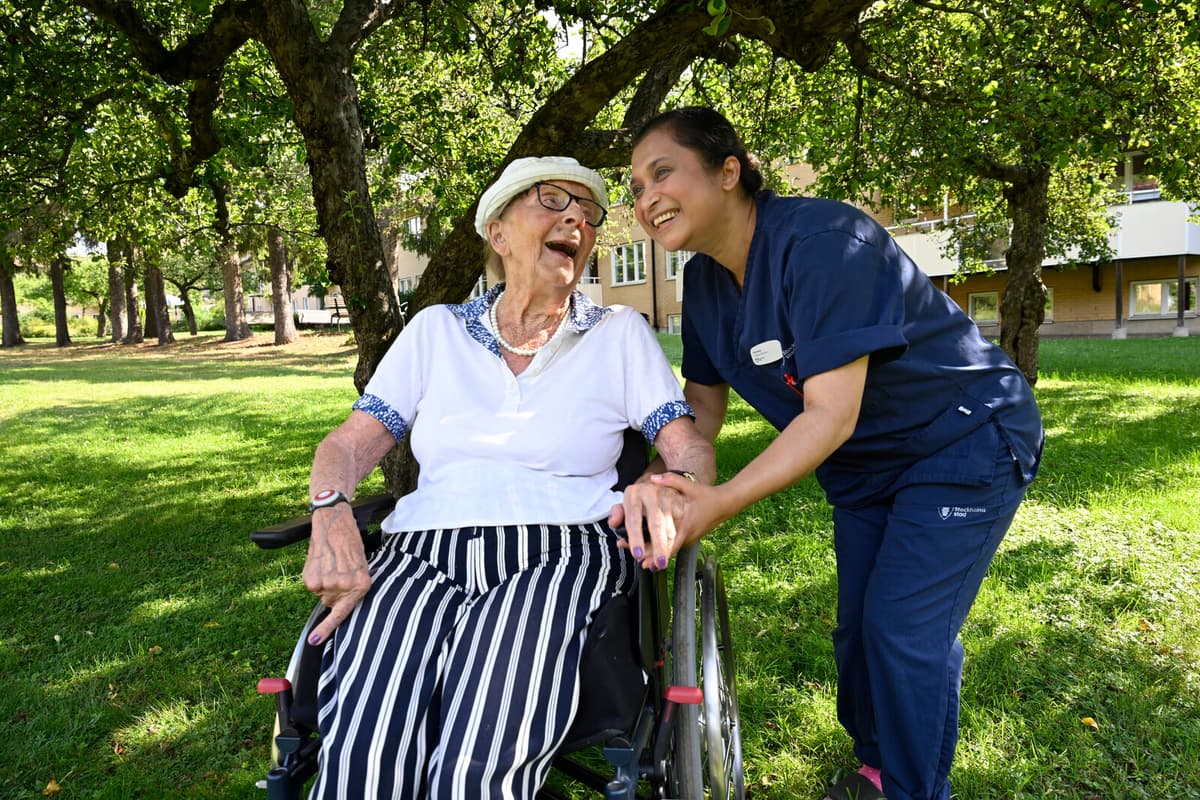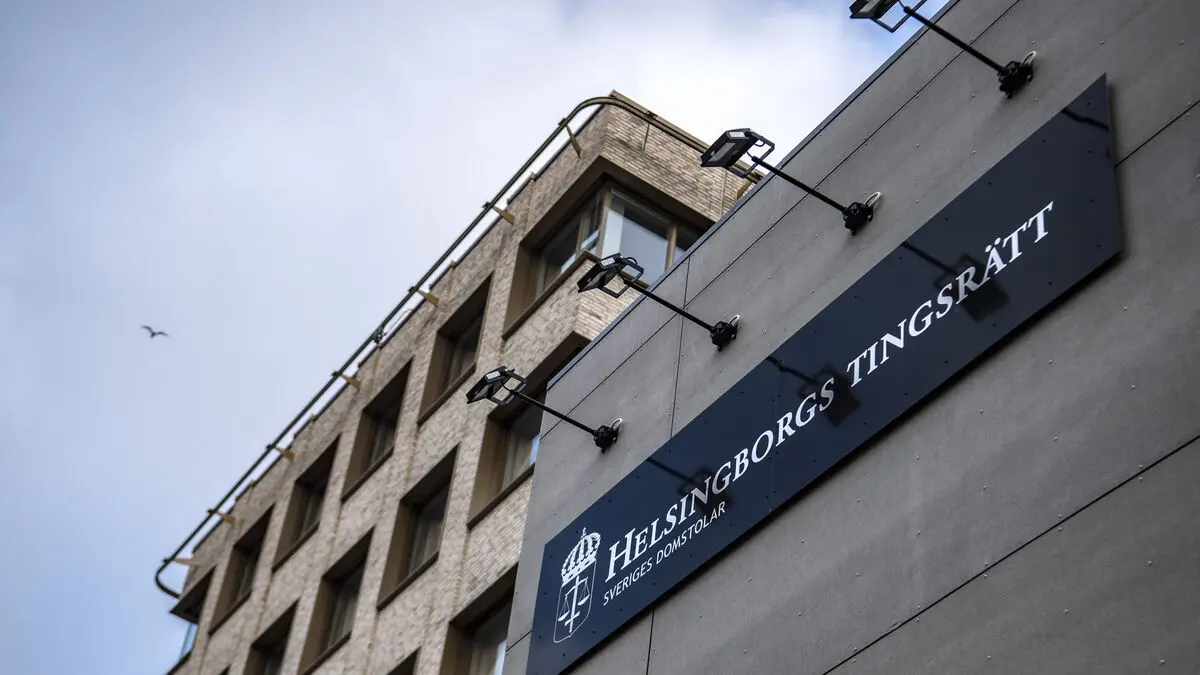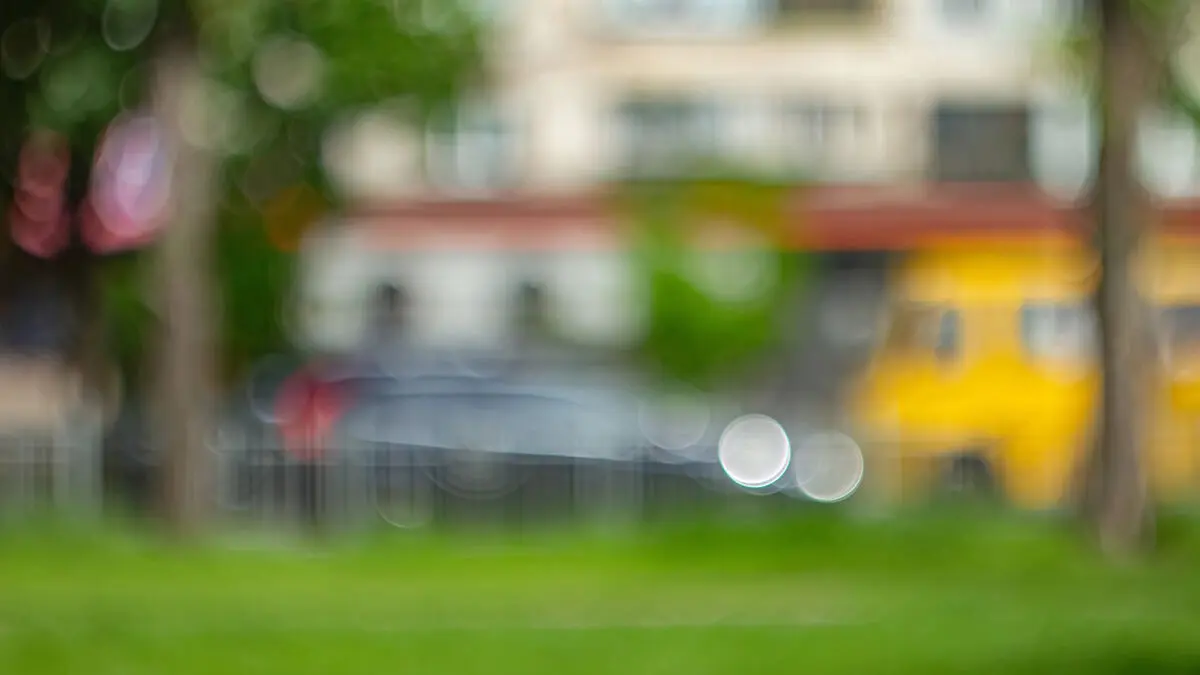Ingrid Rubank, 97 years old, sits with her white, thin hat in the morning sun at the care and nursing home Brommagården in western Stockholm. She is surrounded by large tree crowns, apple trees and pallet frames with tomato plants and zucchini flowers.
I think it's fantastic. You don't get a garden like this just anywhere. It's unique, she says.
The accommodation, which has a focus on dementia, is one of half of the country's 2,000 special accommodations for the elderly that have their own garden, shows a new dissertation from the University of Gothenburg and Chalmers University of Technology.
The two-story building has room for 38 people from 65 years. On the accommodation's summer schedule, there have been both boules and joint Midsummer celebrations with almost 25 relatives.
"Calm and happy"
Often, Ingrid is out twice a day and gets around with a wheelchair when her one leg "malfunctions". She grew up on a farm and until three years ago lived in an apartment in Södertälje, when she fell and could no longer live alone.
When my daughter comes, we like to go out, and into the forest.
Ingrid holds tightly to the hand of the nurse Farhana Khan. Farhana usually takes her breaks in the garden and says it's the best garden she's worked with during her professional life.
It means a lot, it makes me calm and happy. I have to go out when I have a break, she says.
She tells how many residents look forward to coming out after lunch. At lunch, the staff can set the table with home-grown and flower bouquets from the garden, so even residents who do not want to go out can take part in nature.
When they see that we make our own salads and vegetables, they become happy.
Asked daily
The staff made jam this summer and last year's strong apple harvest led to over 70 3-liter buckets of must.
Through the rain-soaked grass, asphalt paths wind their way to the different seating areas. Coordinator Caroline Nilsson says that relatives often come with a picnic basket and sit outside.
It's big enough so you can have several groups at the same time, she says.
Activities that can be done indoors are also done outdoors, such as ball training and afternoon coffee. Many in the staff are involved in the garden, says Caroline Nilsson. The staff work actively with outdoor stays and the residents are asked daily if they want to go outside, as some need help. Some have not had the opportunity to go out until they moved here.
There are people who haven't been out in a long time who actually go out now, it's great to see.
The dissertation "Outdoor environments at special accommodations: Needs, wishes and access for older people and staff" consists of four studies and was defended in June this year. One study consists of twelve interviews with older people at three special accommodations. The second is interviews with focus groups with eleven staff at the same special accommodations. In the third, a matrix and manual were developed to map the outdoor environments. The fourth mapped the country's 2,036 special accommodations with the help of the matrix and manual.
The survey shows that 62.3 percent of the accommodations have low access to balconies, patios or verandas. At the same time, only 54.4 percent have their own garden. 41.5 percent share with others, such as preschools, and 4.1 percent have none. Only 13.3 percent have access to a square within a 300-meter radius.
In another study within the larger research project OUT-FIT, a proposal for a national strategy has been developed regarding access to outdoor environments and outdoor stays for older people at special accommodations.
Sources: University of Gothenburg, dissertation "Outdoor environments at special accommodations: Needs, wishes and access for older people and staff"





